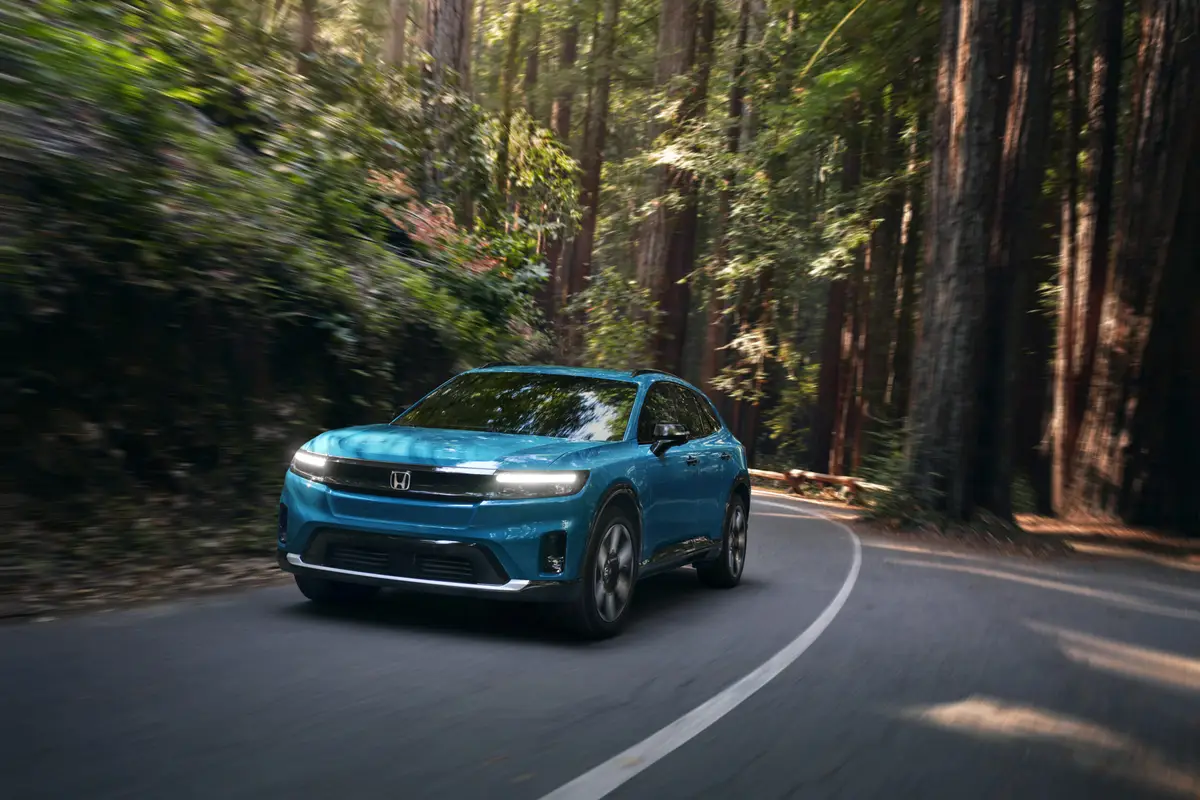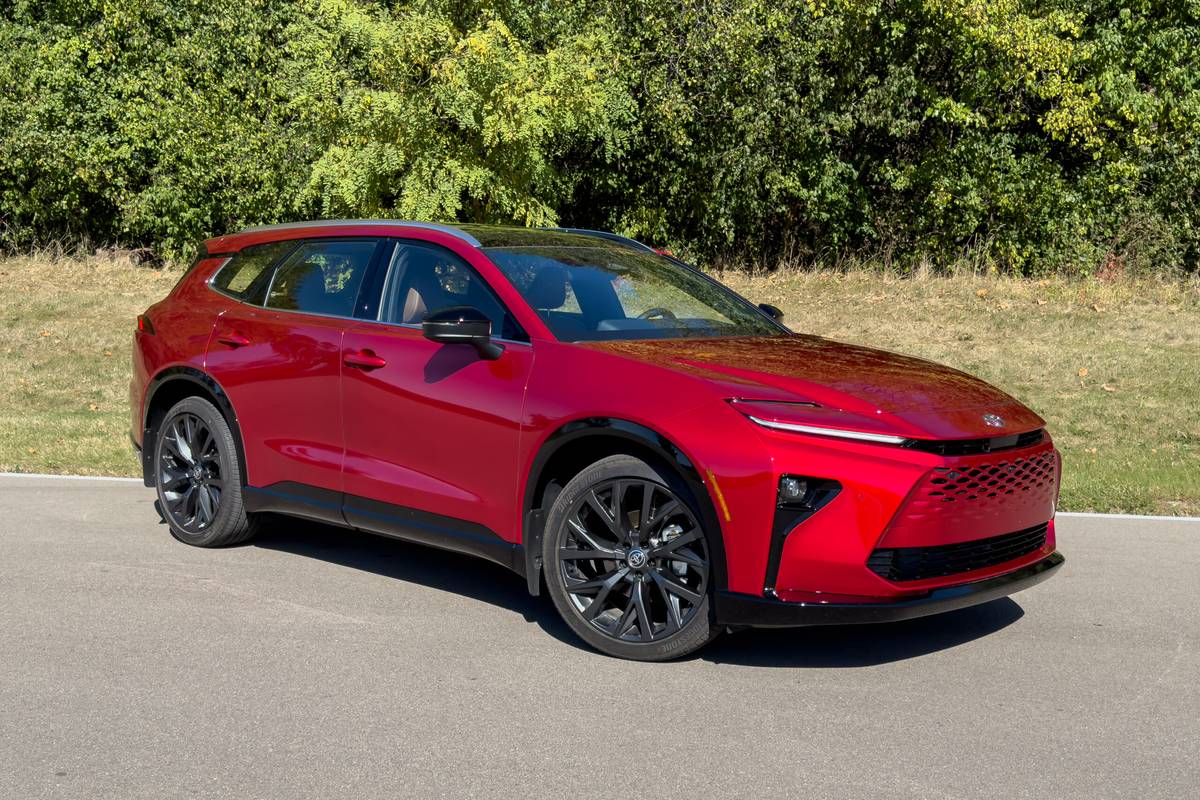The Morning Call and Mcall.com's view
When you talk about the Chrysler New Yorker, you’re talking tradition. Here is a car with the oldest continuing model name in the auto industry – it was introduced in 1939 and was the ”official” car of the World’s Fair in New York that year – and throughout the years has always had a reputation for quality and dependability.
The New Yorker was big when big was good. Unfortunately, it was also big when big was out during that period of the mid-and late 1970s of the great gasoline price gouges. No, it really didn’t look too good for the New Yorker at this time. Fortunately, Chrysler quickly adapted to the times and brought out a much smaller version of the New Yorker; a front-wheel drive, four-cylinder car with just about everything of the old New Yorker but size.
For the 1988 model year, Chrysler has introduced a new New Yorker; a car not only attuned to the times but once more making the model a big car. It is not as large as the New Yorker of old and there are still some big American rear drive models somewhat larger. But it is now as large as any of the other front-wheel drive luxury cars. And it offers just about everything other modern luxury cars offer, and at a very competitive price.
Chrysler is doing a lot of bragging about this car but to show it is putting its money where its mouth is, it is offering the best new car warranty. Known as the ”Crystal Key Owner Care Program,” the warranty still carries Chrysler’s 7-year/70,000-mile coverage on the powertrain and 7-year/ 100,000-mile protection against corrosion perforation on outer body panels, but expands basic 12-month/12,000-mile coverage on all components to 5 years or 50,000 miles. Also, New Yorker owners have a 24-hour toll-free hotline for questions or assistance.”
”For 5 years or 50,000 miles, all you do is put in the gas and do the normal upkeep,” said Chairman Lee A. Iacocca. ”Chrysler takes care of everything else: engine, powertrain, air conditioning, steering, electrical. Everything right down to the door handles. No deductibles, no ifs, ands or buts.”
After all is said and done, though, what is the new New Yorker really like? In styling, it has a contemporary four-door sedan look that is clean and crisp and somewhat formal. Some of the interesting points of the design include a front end with waterfall grille, concealed headlamps and minimal frontal area; sloping hood, raked windshield and almost vertical rear window.
The car has a wheelbase of 104.3 inches; overall length, 193.6 inches; width, 68.5 inches; height, 55.7 inches, and curb weight, 3,214 pounds. The test car with its split front seats (done up richly in Mark Cross leather) had six passengers capacity, and all six could be seated comfortably, providing they were not a six-man tag team. The trunk is nicely laid out and almost as luxurious as the interior and can hold up to 16.5 cubic feet of cargo.
The instrument panel, with its full analog gauges and electric analog speedometer and graphic message center, is easy to read and understand. Switches and controls are where you expect to find them. The whole thing is sort of understated. Nothing flashy here.
Like most other luxury cars, the New Yorker is extremely easy to drive. Just slip the automatic in drive and away you go. The four-wheel independent suspension features variable damped Iso Strut with coil springs and gas shocks up front and trailing arm with tract bar, coil springs and gas shocks in the rear. The power rack-and-pinion steering system will go from lock-to-lock in 2.85 turns and while it is not exactly touchy, it is very responsive. Although the suspension is tuned for a comfortable ride, handling is quite good. However, all cars handle better these days.
An option on the New Yorker, and one I strongly recommend, is ABS or anti- lock braking system. The system can substantially improve the car’s stability during braking on slippery surfaces by preventing brakes from locking. The New Yorker’s system features four-wheel disc brakes (as opposed to the standard equipped front disc/rear drum) and prevents brake lockup by ”pumping” the brakes several times per second. As with many other ABS systems, an electronic control unit senses the speed of each wheel. If the wheel decelerates too rapidly, the control unit assumes the brake is beginning to lock and reduces hydraulic pressure to it. When the wheel accelerates, hydraulic pressure increases. The cycle repeats itself until the speed is reduced to 2 to 3 miles an hour when the system shuts off and the wheels are allowed to lock.
Fortunately, a driver does not have to know a thing about how ABS works: Just lay that foot on the brake pedal and let the system figure it out. ABS is at its best in emergency stopping situations and dangerous road conditions. The price of this option is $956.
The New Yorker is powered by a multi-point fuel-injected, overhead cam, V- 6 engine. This engine was introduced last year as an option engine for the Plymouth Voyager and Dodge Caravan mini-wagons and added a good deal more performance for these vehicles. The 3-liter/181-cubic-inch engine was developed cooperatively by Chrysler and Mitsubishi and is a ”clean sheet of paper” design; meaning it is original.
The transverse-mounted V-6 is rated at 136 horsepower at 4,800 rpm and 168 foot pounds torque at 2,800 rpm. This is a decent amount of power for a car weighing 3,200 pounds and performance is quite acceptable. No sudden jerks, no laying down long strips of rubber, but rather a steady and speedy climb to whatever speed you want to reach.
The engine is coupled to a three-speed automatic transaxle with electronically controlled lockup torque converter and everything seems to work fine. The lockup torque converter almost acts as another gear at highway speed, which is perhaps fortunate since Chrysler does not have a four-speed automatic transmission. Anyway, the combination provided decent fuel mileage. The test car averaged 15 miles per gallon for city driving and 24 miles per gallon over the highway.
Base price on the test car came to $17,416 and included such standard equipment as Automatic Climate Control, power windows, rear window defogger, side window demisters, AM-FM stereo, front and rear reading lamps, dual heated power side mirrors and many other convenience and trim items. The big option on the test car was the Mark Cross Package at $2,460, which included the leather upholstery and door panels along with a long list of items including speed control, tilt steering, power door locks, power front seats, power deck lid pull down, wire wheel covers and trip computer. There is a $350 discount on this package. The other option was the Fidelity II Sound System at $675. Price on the test car came to $20,085. This is about a mid-price range New Yorker. Prices will range from the base to about $23,000.
Latest news



